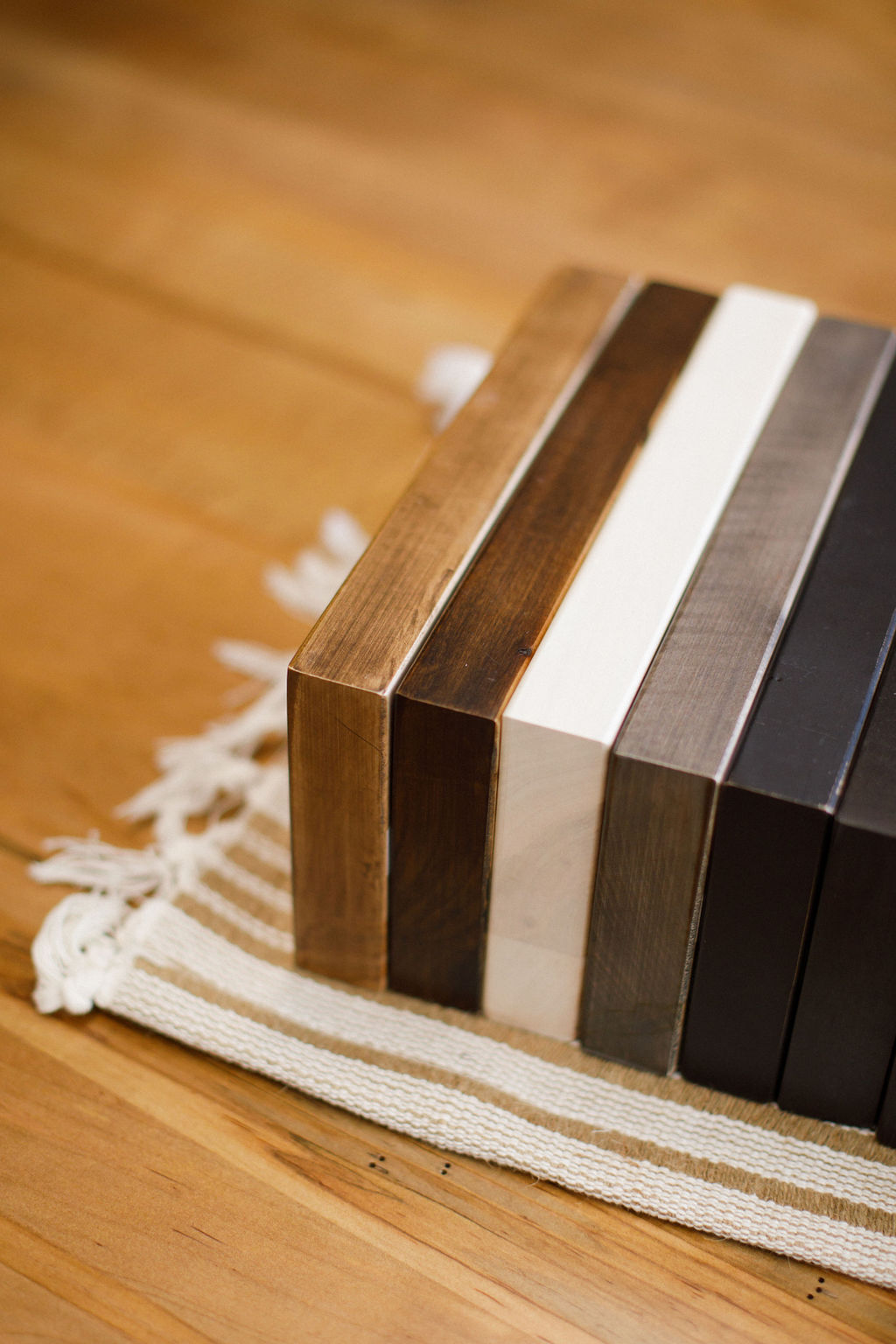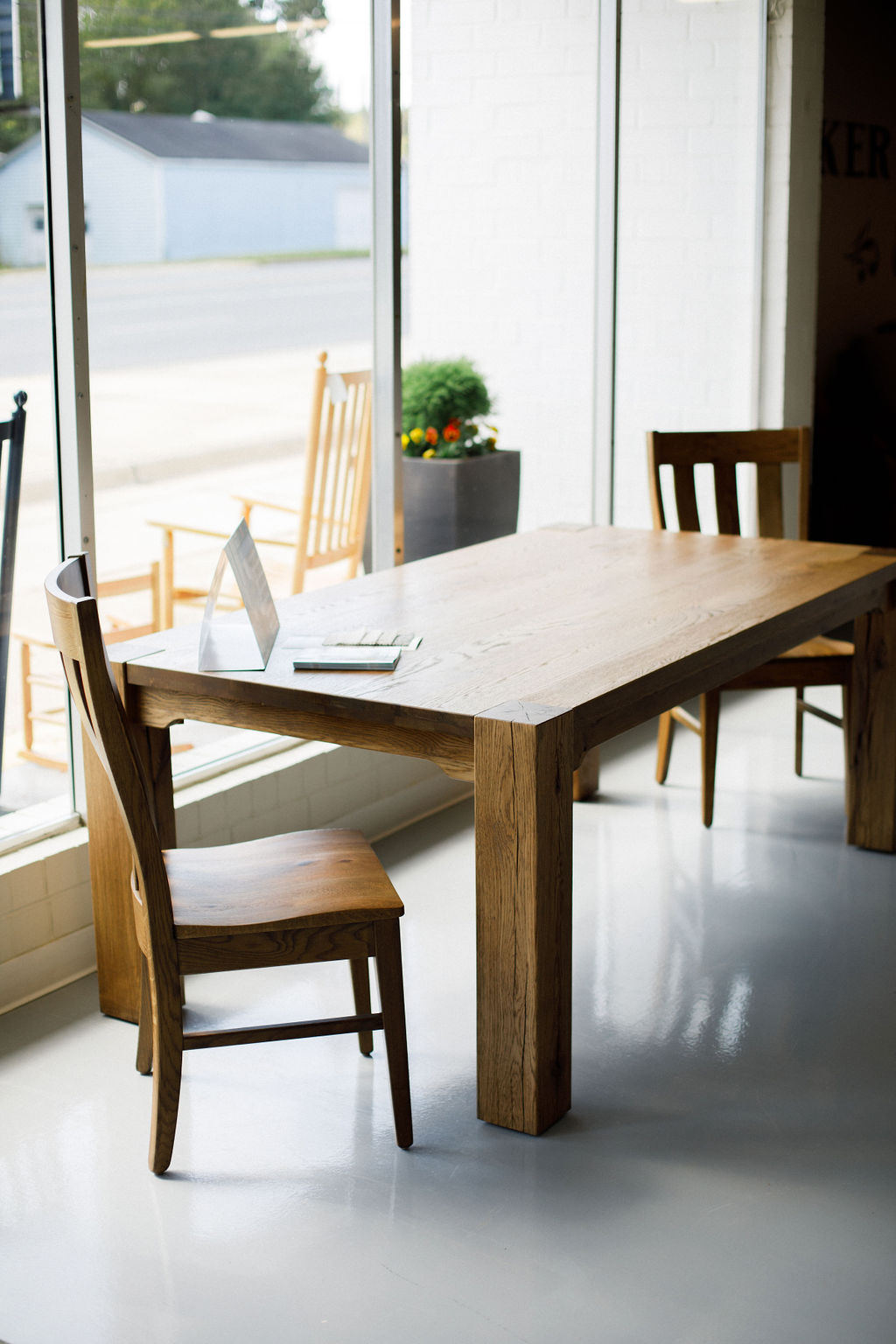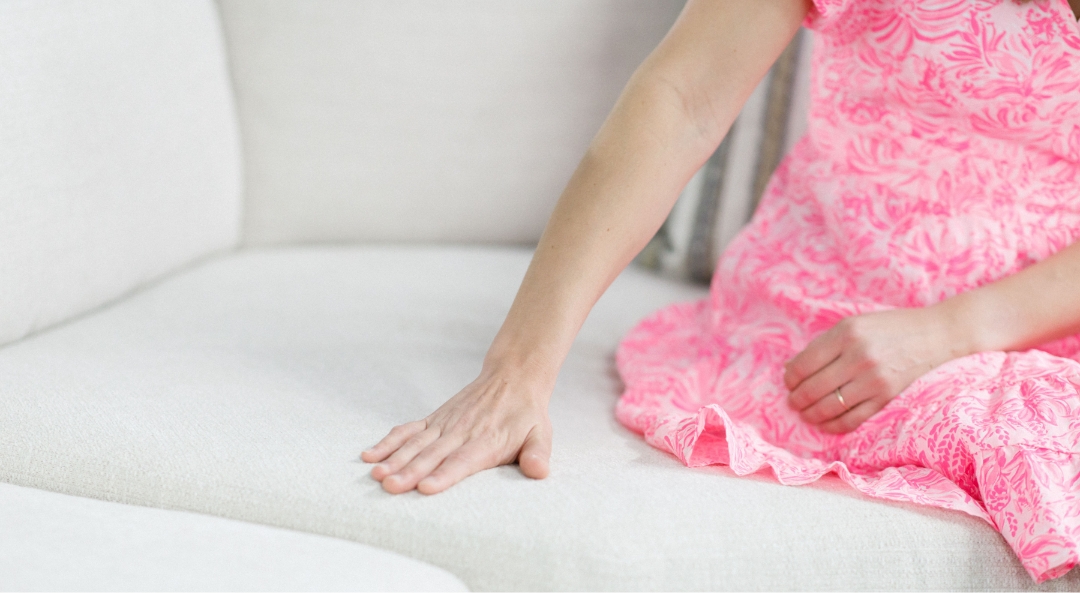Yes, you can absolutely mix and match oak and maple furniture in your home! And you should! Mixing different wood tones and types of wood can create a visually interesting and eclectic look. Here are some tips to ensure a cohesive and harmonious result:
- Consider the Overall Color Palette: Take into account the overall color palette of your space. If both oak and maple have a similar stain or finish, they can complement each other more effectively. Consider the existing colors in your decor, such as wall colors, flooring, and other furnishings.
- Find a Unifying Element: Look for a unifying element in your design. This could be a specific color, pattern, or style that ties the different pieces together. This helps create a cohesive look even when mixing different types of wood.
- Balance the Distribution: Distribute oak and maple pieces evenly throughout the space to create balance. Avoid clustering all the oak pieces in one area and all the maple pieces in another. This helps integrate the different woods into the overall design.
- Use Neutral or Complementary Colors: If you’re concerned about the contrast between oak and maple, consider using neutral colors for other elements in the room. Neutral tones can help balance the contrast between different wood types. Alternatively, choose colors that complement both wood tones.
- Mix Styles Thoughtfully: If your oak and maple pieces have different styles, mix them thoughtfully. While contrast can be visually appealing, try to find common design elements or shapes that tie the pieces together.
- Incorporate Transitional Pieces: Use transitional pieces that incorporate both oak and maple or have a mixed wood finish. This can act as a bridge between the two types of wood, creating a smoother transition.
- Consider Metal Finishes: If you have metal elements in your furniture, consider using similar metal finishes on both oak and maple pieces. This can help create a cohesive look by introducing a common material.
- Accessorize Strategically: Use accessories such as throw pillows, rugs, and artwork to tie the different wood tones together. Choose items that feature colors or patterns that complement both oak and maple.
- Create a Focal Point: Designate a focal point in the room to draw attention away from the differences in wood tones. This could be a statement piece of furniture, artwork, or an accent wall.
Remember that the key to successful mixing and matching is to do so intentionally. Aim for a curated look rather than a random assortment of pieces. By paying attention to color coordination, balance, and unifying elements, you can create a stylish and cohesive design that incorporates both oak and maple furniture seamlessly.


